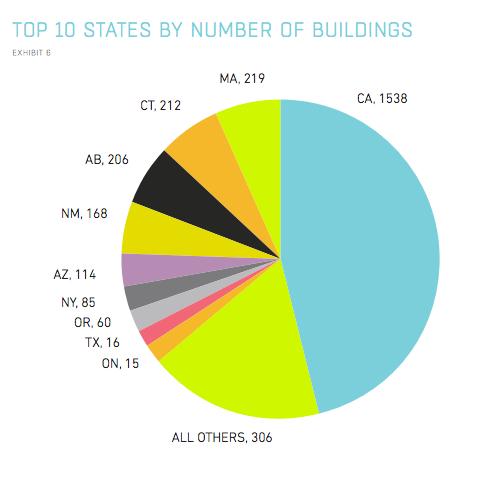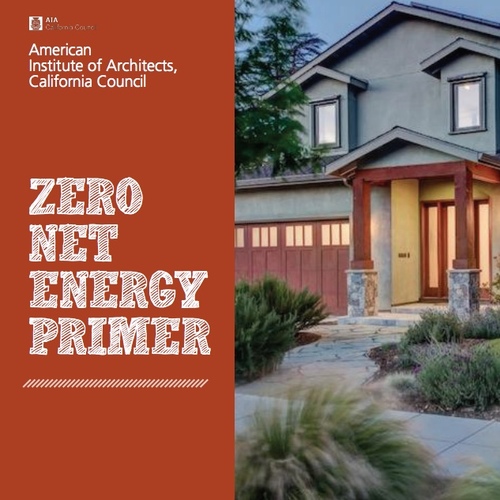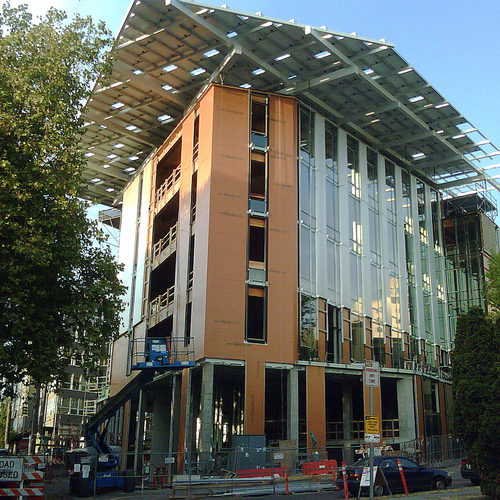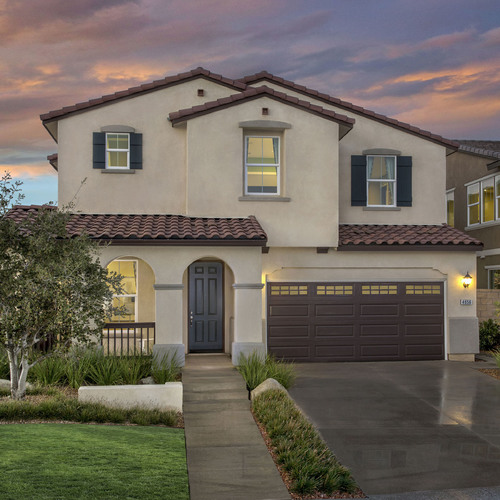
Image Credit: Net-Zero Energy Coalition
A coalition of net-zero energy advocates has completed the first-ever count of net-zero and near net-zero projects in the U.S. and Canada, reporting a total of 6,177 residential units in 3,330 buildings.
The Net-Zero Energy Coalition, a group representing some 180 builders, product manufacturers, designers, and others in the high-performance industry, said that the catalog of North American projects would help the industry track progress over time, create a single point of access for net-zero case studies, and help spread the word about net-zero building.
The projects fell into one of four categories:
- Zero-energy, which produce as much energy as they use on an annual basis.
- “Zero-energy-ready,” in which renewable energy could or does supply at least 90% of the annual energy demand.
- Net producers, which make more energy than they consume.
- Thousand Home Challenge projects, a category that covers deep-energy retrofits of existing homes whether they include renewable energy sources or not.
The largest category by far — more than 84% — is zero-energy-ready. Coalition Executive Director Shilpa Sankaran said that projects could qualify for this group in one of several ways, including participation in a Department of Energy zero-energy program or by tracking energy use over a period of time. Many of these projects are self-reported by builders, designers, or others, she said, with no third-party certification.
The number of residential units actually hitting net-zero performance or making more energy than they consume, was 868, or 15% of the tally.
The coalition found the projects by tapping into data bases of organizations like the Northeast Sustainable Energy Association, Passive House Institute U.S., the Department of Energy, and the “deep network” of coalition partners and members, Sankaran said.
“It is certainly higher than I expected,” she said, “and I’ve been building zero-energy homes since 2008 when it was very, very unusual. It was much higher than I expected. That said, if you look at the number of homes in the United States and Canada, it’s a very small percentage. What that tells me is that the momentum is gaining and certainly there is traction.”
The tally was the first part of the project. Phase 2 is the development of a case study directory.
California is the leader
California far outstripped the rest of the country: 1,538 of the total of 3,339 buildings are located there. Twelve of the top 20 cities, listed in order of the number of residential units, are in California, including three of the top five: Sacramento, Davis, and Townsend.
“It has created a market for zero-energy builders,” the coalition’s report says of the state. “Twenty-four percent of total builders are in California; 23% of all builders have more than one zero-energy project; 11% of builders are performing retrofits as well as new construction, indicating a combination of strategies for zero energy.”
Part of that is due to the size of some California projects, including an 800-home development in Sacramento and a huge University of California project in Davis that houses nearly 2,000 residents.
On the East Coast, Massachusetts and Connecticut had the highest number of buildings, with those two states and New York having the most zero-energy builders in the eastern U.S. There are plenty of states without a single qualifying project.
In all, the qualifying projects were about evenly split between multifamily and single-family projects.
The number of net-zero and net producing residential units found in the tally represents about 0.07% of total housing starts last year, but Sankaran seeks promise in steady growth.
“The number of projects that are actually in the design phase, under construction or haven’t even been built yet would double the number we have right now,” she said. “That’s pretty significant.”
The coalition sees the net-zero market growing to $1.4 trillion by 2035.
Weekly Newsletter
Get building science and energy efficiency advice, plus special offers, in your inbox.















9 Comments
This seems strange. I would
This seems strange. I would define "net zero ready" as any house which has suitable roof for a PV array which would cancel its annual energy use. The average "temperate zone" U.S. house uses a total of 19,260 kwh per year of total energy (not total electricity that is 11,000kwh). So that is your average thoughtless house. With a few tweaks such a led lights, $1000 worth of attic insulation, and energy star appliances that can easily be brought to 15,000kwh year. Then virtually 25% of U.S. houses would be net zero ready with a 10 kw PV array on the roof. Am I correct?
No one is keeping track
My new house might turn out to be net zero. I won't really know until we've been in it for longer than several months. But even if I am net zero, no one will know unless I notify them and they put that information into some sort of national database. This statement:
"first-ever count of net-zero and near net-zero projects in the U.S. and Canada, reporting a total of 6,177 residential units in 3,330 buildings"
is almost certainly nonsense. A more useful statistic would be how many housing units have PV installed, since most of them are probably in the net zero ballpark.
Where are those numbers coming from? (for ven sonata)
Where does the 19,260 kwh /annum total energy use figure come from?
Why is it presumed that 25% of U.S. houses are in that temperate climate zone where the existing single family housing stock averages 19,260 kwh/annum total energy use?
Response to Stephen Sheehy
Stephen,
I agree with you. I imagine that lots of GBA readers (and lots of Americans who have never heard of GBA) have already installed a PV array with a rating between 5 kW and 9 kW, and a significant subset of these homes are probably net-zero-energy homes.
How can any agency or organization presume to know how many such homes exist?
Reply to Dana
The numbers come from the DOE. I looked it up a few hours ago. The figures are from 2008. They list the average heating as 12,000 kwh year, Hot water 3000kwh, cooling 1200, lighting 1000, wash dry 1000, cooking 1000 and miscellaneous 60. You can see that a heat pump could drop that to 15,000kwh by itself. The PV at 10 kw would zero the rest.
But where does the 25% come from?
????
I'd hazard that the temperate-zone houses are fewer than 25% of all houses. Recent housing growth has been in heavily cooling dominated climates, and most of the larger population centers in the US are older-stock housing at the cold edge of zone 4 or further north.
If there's a link to the DOE data or summaries, it would be good to see them.
@ Ven, 12k heating annually,
@ Ven, 12k heating annually, i wish i could pull that off here, it was 37k when i moved in, now 24k, further improvements will take a lot of work.
reply to Dana
http://www.eia.gov/consumption/residential/ I think that gives an idea, although different site than I used. Note the 40 million Btu year is about 12,000 kwh. These are likely the West and Northeast averages. The Med West tends to double the btu. But it is still multi millions of house that are net zero ready
Reply to Dana
The 25% comes out of my head! Not the DOE. What I am referring to there is about suitable rooftops. Temperate zone houses are simply a place to start to give a notion of the millions of houses which would hit zero if you threw 10 kw PV on the roof and did a little sensible energy savings.
Log in or create an account to post a comment.
Sign up Log in